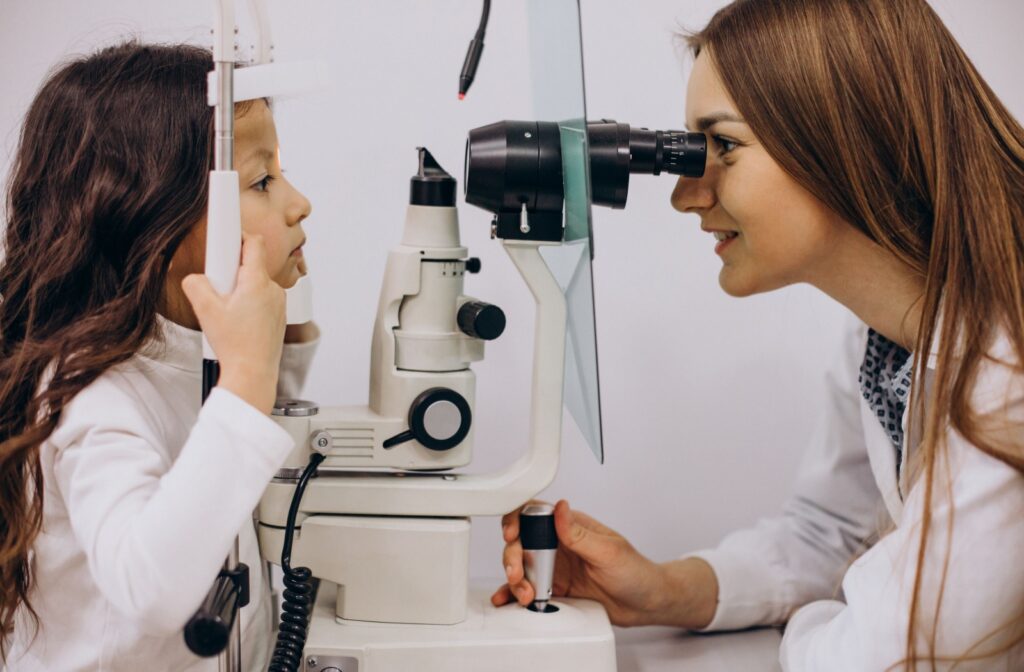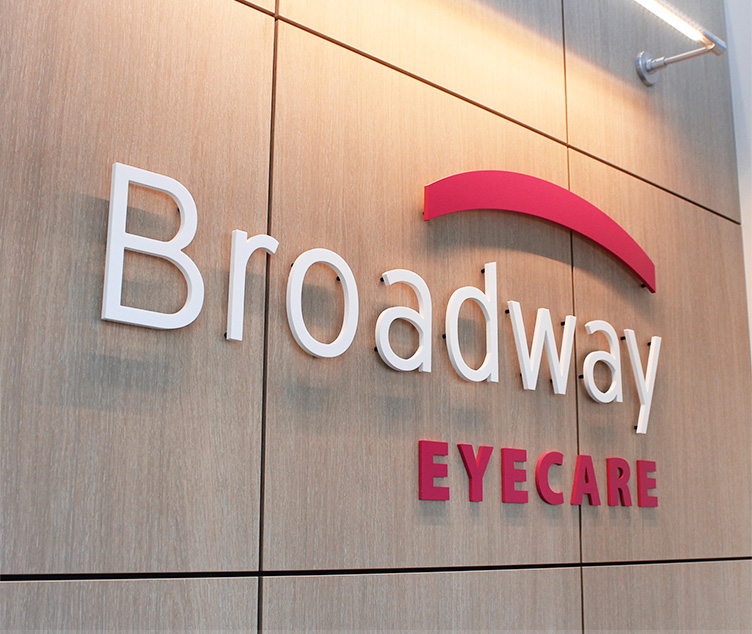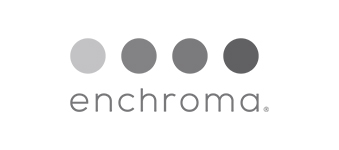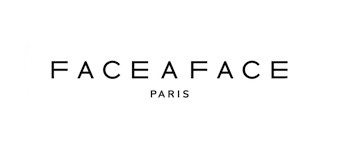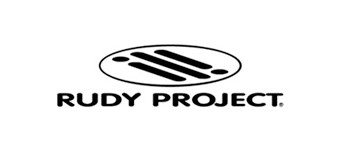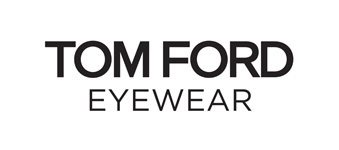Blurry vision can make it harder to enjoy daily life, whether you are trying to read a book or see a sign across the street. For many people, the cause is either myopia or hyperopia. The major difference between the two is that myopia affects your ability to see things far away, while hyperopia makes it harder to see things up close.
Knowing how these two conditions work can help you choose the right care for your eyes and protect your vision over time.
What is Myopia?
Myopia, commonly known as nearsightedness, is when distant objects appear blurry while closer ones remain clear. Myopia is increasingly common, partially due to lifestyle changes involving less time outdoors and prolonged use of screens.
What Causes Myopia?
The root cause of myopia lies in the shape of the eye. Normally, light entering the eye is focused directly on the retina (the light-sensitive layer at the back of the eye). For those with myopia, the eye is usually elongated, causing light to focus in front of the retina rather than on it. This results in blurry distance vision.
Symptoms of Myopia
Some common signs include:
- Blurry vision when looking at distant objects
- Squinting to see clearly
- Frequent headaches or eye strain
- Difficulty seeing at night, especially while driving
How Myopia Develops
Myopia can develop at any age, but it’s most common during childhood. The condition is typically influenced by both genetics and environmental factors:
- Genetics: If one or both of a person’s parents are nearsighted, their likelihood of developing myopia increases.
- Environment: Activities requiring prolonged close-up focus, such as reading or using computers, can contribute to myopia’s development. Conversely, outdoor activities have been linked to reduced progression of myopia in children.
Broadway Eyecare offers early intervention and personalized care for children and adults with myopia. We use the latest evidence-based treatments to help slow progression and protect long-term vision.
Risks of Untreated Myopia
While myopia is easy to manage with corrective lenses or contact lenses, leaving it unchecked can lead to the development of high myopia, a severe form of nearsightedness. High myopia increases the risk of serious eye conditions later in life, including:
- Cataracts
- Glaucoma
- Retinal detachment
- Myopic maculopathy
Managing myopia early, particularly in children, can slow its progression. Treatments like special lenses, atropine eye drops, or orthokeratology (Ortho-K) can help reduce long-term risks.
What is Hyperopia?
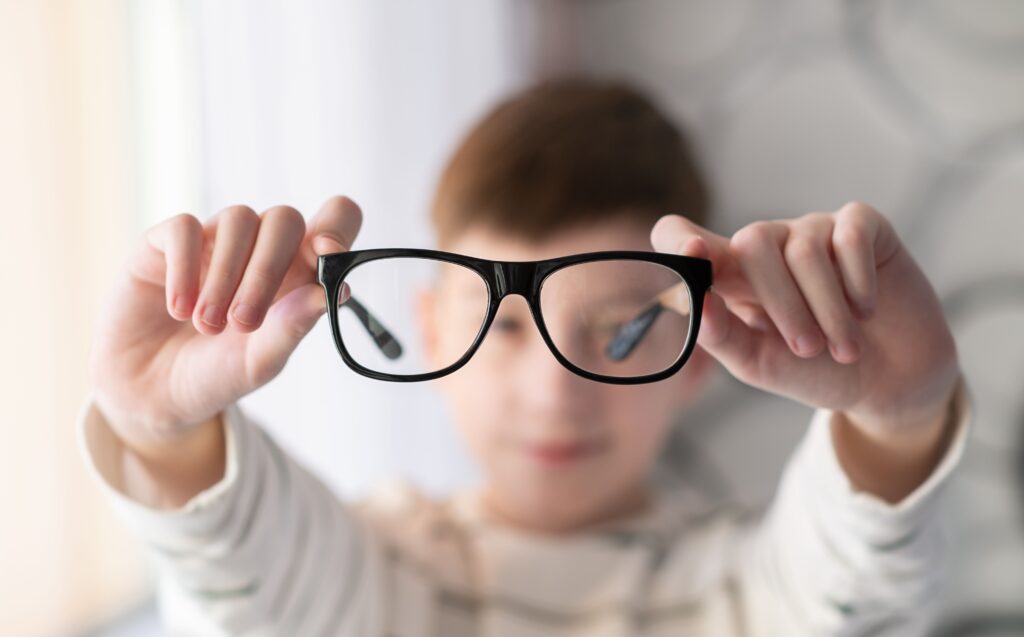
Hyperopia, or farsightedness, is the opposite of myopia. People with hyperopia struggle to see objects up close, while distant objects appear clear. Though it’s less common than myopia, it can still significantly impact daily life.
What Causes Hyperopia?
Hyperopia occurs when the eye is shorter than normal. This causes light entering the eye to focus behind the retina rather than directly on it, making nearby objects appear blurry.
Symptoms of Hyperopia
Symptoms of hyperopia include:
- Blurry vision when focusing on close objects
- Difficulty reading or performing tasks requiring close-up work
- Eye strain, discomfort, or headaches after near-vision tasks
- Fatigue after prolonged use of near vision
How Hyperopia Develops
Hyperopia is largely influenced by genetics and typically starts in early childhood. Unlike myopia, lifestyle habits like screen use have less impact on its progression. Many children with mild hyperopia can naturally adjust their focus to compensate, but this ability often decreases with age.
Risks of Untreated Hyperopia
While hyperopia tends to be less severe than myopia, uncorrected farsightedness can still cause problems, including:
- Amblyopia (lazy eye) in children, where one eye becomes weaker due to underuse
- Persistent eye strain and headaches that can disrupt daily activities
Adults, particularly those over 40, may also notice worsening near vision, often due to presbyopia, a natural age-related condition.
Comparing the Difference Between Myopia & Hyperopia
Myopia and hyperopia are both common refractive errors, but they affect vision in opposite ways. Myopia, or nearsightedness, makes it difficult to see things at a distance and is typically caused by an elongated eye shape that causes light to focus in front of the retina.
Hyperopia, or farsightedness, makes it harder to see things up close. It results from a shorter eye shape that causes light to focus behind the retina. People with myopia often experience blurry distance vision, squinting, and headaches, while those with hyperopia may notice blurry near vision, eye strain, and general visual discomfort.
Vision correction with glasses or contact lenses is the standard approach to treating both myopia and hyperopia. The progression of myopia can also be managed in children with control options like specialized lenses or drops.
Taking the Next Step in Caring for Your Vision
Whether you’re experiencing the distant blur of myopia or the up-close strain of hyperopia, the team at Broadway Eyecare is here to help. We specialize in diagnosing, managing, and treating refractive errors to preserve your vision and eye health.
If you’re unsure which condition may be affecting your vision, we’re here to walk you through it and help you find the right solution. Book your appointment today and take control of your visual health.


